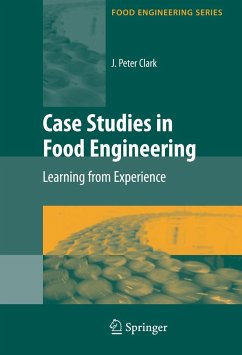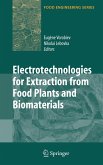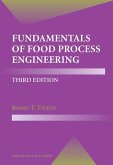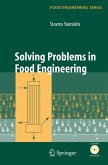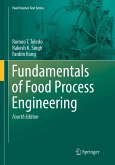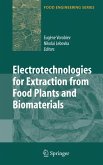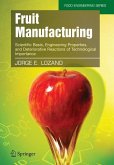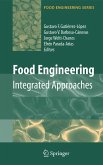One of the best ways for students or practitioners to learn is through real-life example. In this volume, Clark presents several case studies that can be used not only by those currently working in the industry, but as a means for sparking discussion in food engineering classes.
This book has several purposes: (1) to serve as a source of information about a representative collection of food processes with which Clark has had experience; (2) to convey some practical lessons about process development and plant design; and (3) to serve educators as a resource for class problems and discussion.
The book is organized in three broad sections. The first concerns processes that are primarily physical, such as mixing. The second concerns processes that also involve biochemical changes, such as thermal sterilization. The third section addresses some broader issues that have not been discussed elsewhere, including how to tour a plant, how to choose among building a new plant, expanding or renovating; and how to develop processes.
Hinweis: Dieser Artikel kann nur an eine deutsche Lieferadresse ausgeliefert werden.
This book has several purposes: (1) to serve as a source of information about a representative collection of food processes with which Clark has had experience; (2) to convey some practical lessons about process development and plant design; and (3) to serve educators as a resource for class problems and discussion.
The book is organized in three broad sections. The first concerns processes that are primarily physical, such as mixing. The second concerns processes that also involve biochemical changes, such as thermal sterilization. The third section addresses some broader issues that have not been discussed elsewhere, including how to tour a plant, how to choose among building a new plant, expanding or renovating; and how to develop processes.
Hinweis: Dieser Artikel kann nur an eine deutsche Lieferadresse ausgeliefert werden.
From the reviews: "Clark ... has more than 40 years of experience in the field; this is evidenced by the significant practical engineering knowledge that he imparts in this book. The work describes thermal sterilization and nonthermal sterilization processes in detail. ... A good list of references, a glossary, and many examples are included. This book will be useful to professionals and can serve as ... a good textbook on food engineering. Summing Up: Recommended. Upper-division undergraduates through professionals; two-year technical programming students." (L. E. Erickson, Choice, Vol. 47 (4), December, 2009)

